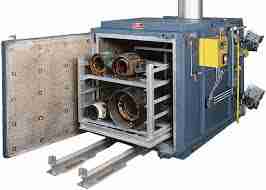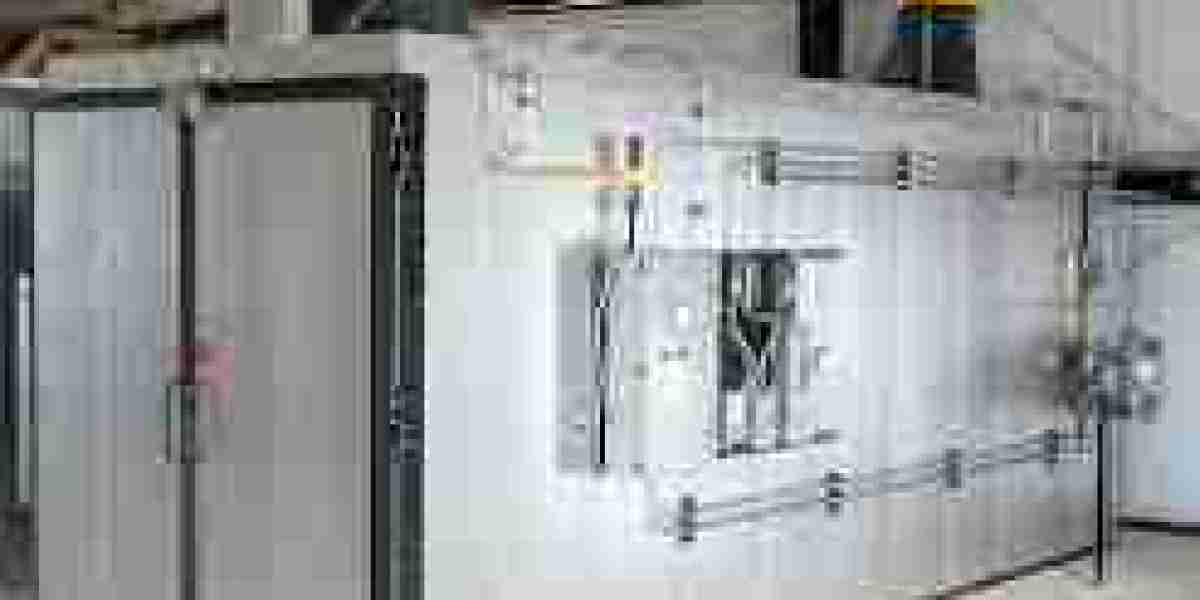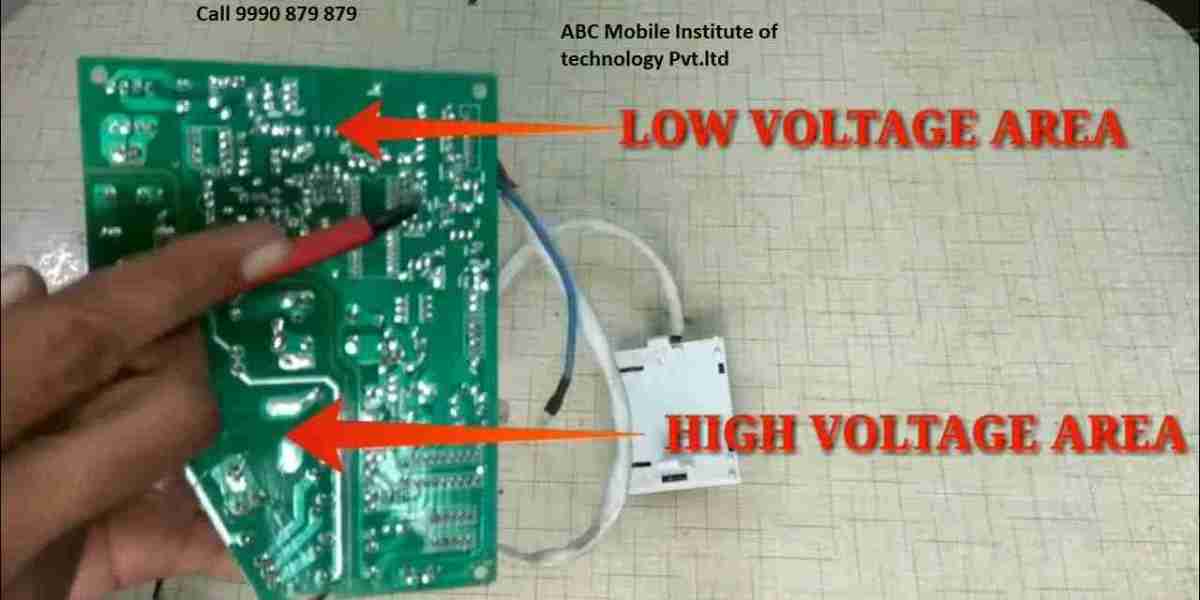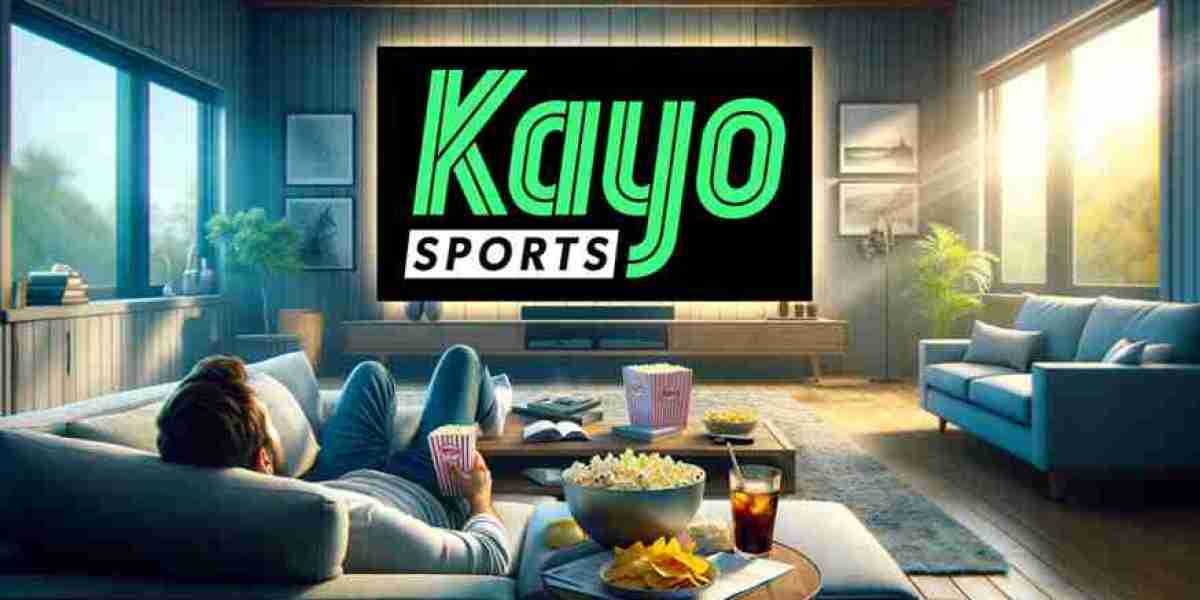The burn-off oven market, integral to industrial surface treatment, remanufacturing, and parts reclamation, is rapidly evolving under pressure from environmental regulations, rising energy costs, digital transformation, and shifting customer expectations. Companies that stand out in this competitive landscape adopt winning strategies to drive innovation, optimize operations, and deliver superior value. Below are the most effective approaches enabling market leaders to thrive.

1. Prioritize Energy Efficiency and Total Cost of Ownership
Energy consumption constitutes a significant portion of burn-off oven operating expenses. Leading manufacturers invest in advanced insulation materials, recuperative or regenerative burners, and waste-heat recovery systems to slash fuel usage by 25–40%. They showcase detailed total-cost-of-ownership (TCO) analyses—factoring in energy savings, reduced maintenance, and carbon-tax avoidance—to demonstrate rapid payback. This data-driven approach helps end users justify higher upfront investments in premium, energy-optimized ovens.
2. Integrate Emissions Controls and Compliance by Design
With air-quality standards tightening globally, successful companies embed emissions-control technologies—such as catalytic oxidizers, regenerative thermal oxidizers (RTOs), and low-NOx premix burners—directly into new oven designs. Offering turnkey compliance solutions eliminates retrofit headaches and associated downtime for customers. Partners also provide permitting support and emissions monitoring packages, positioning themselves as trusted advisors rather than mere equipment vendors.
3. Embrace Digitalization and Predictive Maintenance
Winning strategies leverage Industry 4.0 by embedding IoT sensors for real-time monitoring of temperature uniformity, combustion stability, and equipment health. Cloud-based analytics platforms process this data to predict component wear—refractory linings, burner nozzles, exhaust fans—allowing condition-based maintenance. As a result, unplanned outages drop sharply, and spare-part inventories shrink. Offering subscription-based remote-monitoring services transforms one-time sales into recurring revenue and deepens customer relationships.
4. Offer Modular, Scalable, and Portable Solutions
Modern production environments demand agility. Market leaders design skid-mounted or modular ovens that can be rapidly deployed, reconfigured, or relocated as throughput needs change. Portable trailer-mounted units address space constraints and enable on-site burn-off services, reducing part-handling complexity. By providing flexible, scalable configurations—from small-batch prototype ovens to continuous conveyor lines—vendors cater to a broad spectrum of customers, capturing new opportunities.
5. Develop Comprehensive Service and Training Programs
Beyond selling ovens, successful firms build full-service ecosystems. They offer installation supervision, operator training workshops, preventive-maintenance contracts, and expedited spare-part delivery. Accredited certification programs ensure operators can safely and efficiently manage high-temperature processes. This service-oriented model not only enhances uptime but also locks in long-term client loyalty, as customers prefer single-source accountability over juggling multiple suppliers.
6. Foster Strategic Partnerships and Ecosystem Collaboration
No manufacturer can master every aspect of surface treatment. Winning companies forge alliances with burner specialists, emissions-control experts, refractory suppliers, and digital-platform developers. These ecosystem partnerships enable turnkey solutions—integrating best-in-class components under a unified control interface—simplifying procurement and sharpening competitive positioning. Joint R&D initiatives accelerate innovations such as hybrid fuel burners, advanced insulation composites, and AI-driven control algorithms.
7. Customize Solutions for Vertical Market Needs
Diverse industries—from automotive remanufacturing and aerospace maintenance to heavy machinery rebuilds—have unique burn-off requirements. Leading vendors invest in application engineering teams that tailor oven designs: inert-atmosphere chambers for oxidation-sensitive alloys, rapid-cycle small ovens for light-gauge parts, or high-throughput continuous lines for large-volume shops. By co-developing fixtures, load baskets, and cycle recipes with key accounts, they deliver superior cleaning results and build high-value reference customers.
8. Leverage Flexible Financing and Performance Guarantees
To overcome capital-budget hurdles, top-tier suppliers offer leasing, equipment-as-a-service (EaaS) models, and performance-based contracts. Under these arrangements, payments align with oven utilization or energy savings, reducing investment risk for customers. Performance guarantees—such as guaranteed throughput, emissions levels, or energy consumption targets—provide end users with confidence and drive faster decision-making, helping vendors win deals in price-sensitive segments.
9. Invest in Continuous Innovation and Thought Leadership
Maintaining market leadership demands relentless innovation. Winning companies dedicate R&D budgets to next-generation combustion technologies, advanced control software, and sustainable materials. They publish white papers, host webinars, and present at industry conferences, positioning themselves as thought leaders in surface treatment. This thought-leadership cultivates brand prestige and influences standards bodies, shaping regulations and industry best practices in their favor.
10. Prioritize Sustainability and Life-Cycle Impact
Environmental stewardship resonates with customers and procurement policies. Manufacturers highlight eco-friendly initiatives—such as using recycled insulation, offering hydrogen-ready burners, or supporting electric-oven options where grids are low-carbon. Life-cycle assessments quantify the reduced carbon footprint over an oven’s operational tenure. By aligning product roadmaps with corporate sustainability goals, vendors secure positions on preferred-supplier lists and meet the rising demand for green manufacturing solutions.
By weaving together energy efficiency, built-in compliance, digitalization, modular design, comprehensive services, strategic partnerships, vertical customization, flexible financing, continuous innovation, and sustainability, burn-off oven suppliers forge winning strategies that drive market share and long-term growth. In an ever-evolving industrial landscape, these multi-faceted approaches ensure that companies not only survive but thrive—delivering cleaner, safer, and more efficient surface-treatment solutions to meet tomorrow’s manufacturing challenges.




